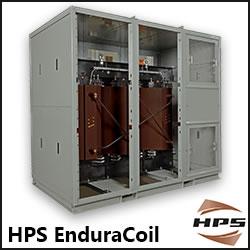Large solar projects can be done responsibly
GE Puts Desalination "on Ice" to Produce Clean Water at Low Cost
12v Lead Acid Bipolar Battery with ElectriPlast Plates
Solar for UAV Index
Mexico Solar Sector Heating Up: Market Assessment - Q4, 2015
Solar Power Thrives In Chile, No Subsidies Needed
Solar Power Thrives In Chile, No Subsidies Needed
Say Goodbye to Solar Power Subsidies
EV ARC™ - Transportable, Solar Powered EV Charging Station.
Research Report - Better Biofuels Ahead - The Road to Low-Carbon Fuels
Top Tips For Mounting PV On Tile
Top Tips For Mounting PV On Tile
IHS Warns of Potential Solar Wafer Supply Shortage in 1H 2016
Thin film perovskite solar cell passes the efficiency test
Thin film perovskite solar cell passes the efficiency test
Records 4591 to 4605 of 40054
First | Previous | Next | Last
Featured Product

